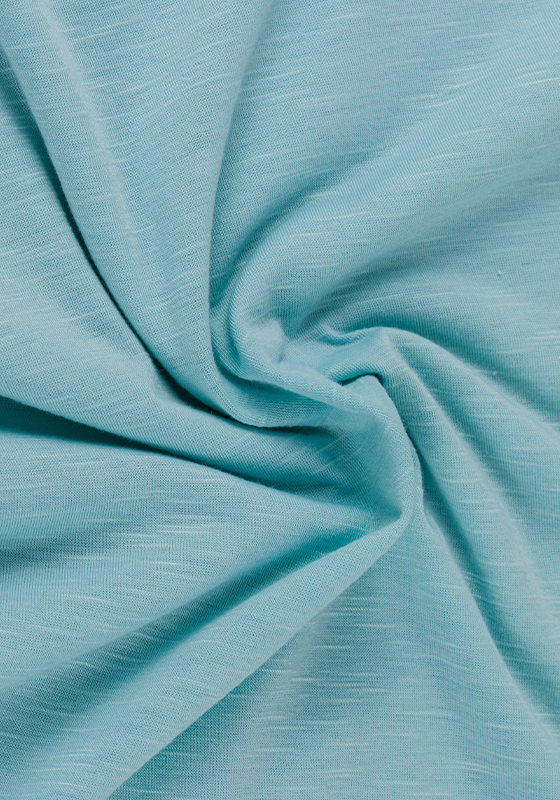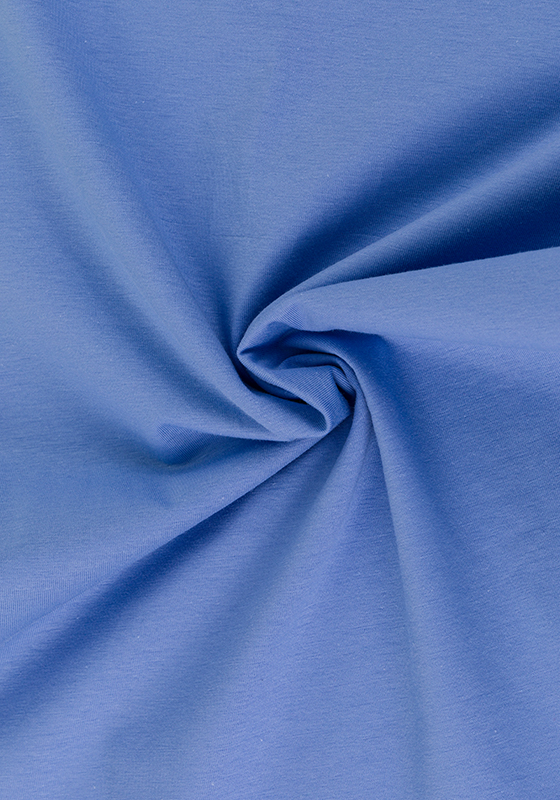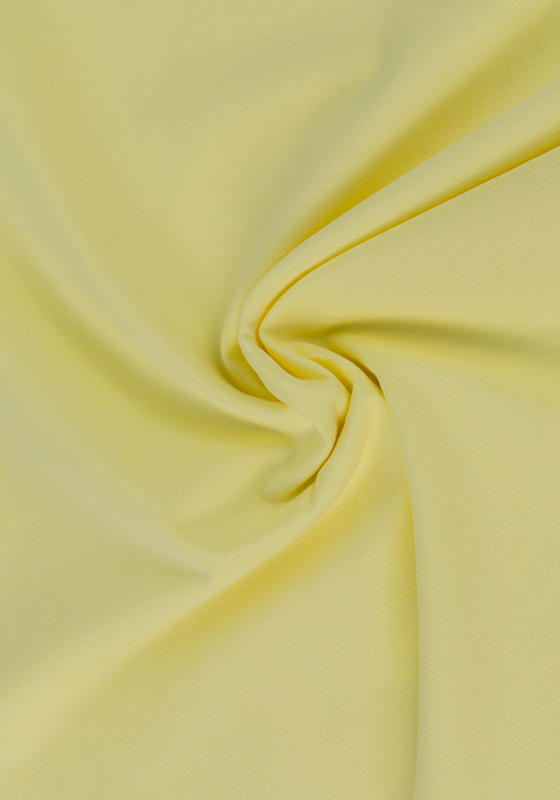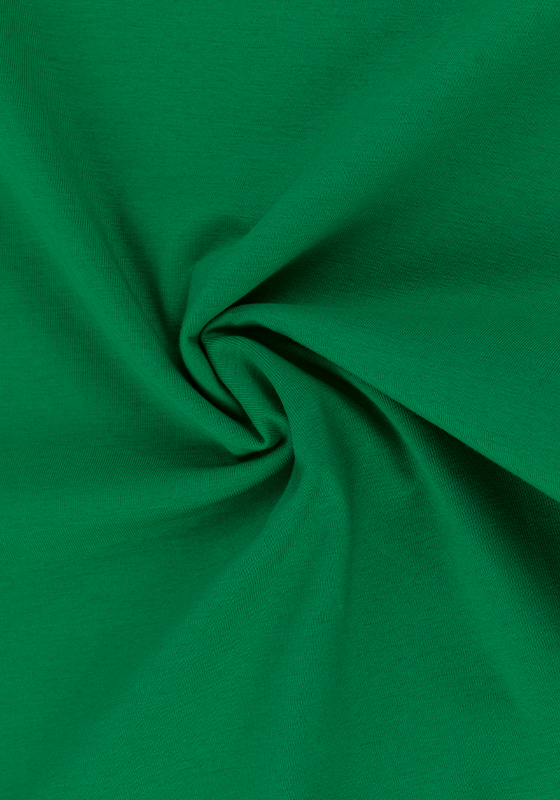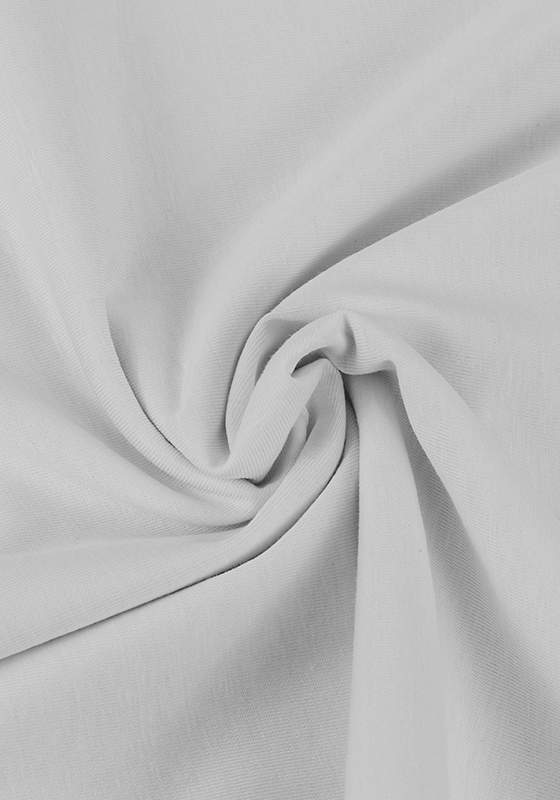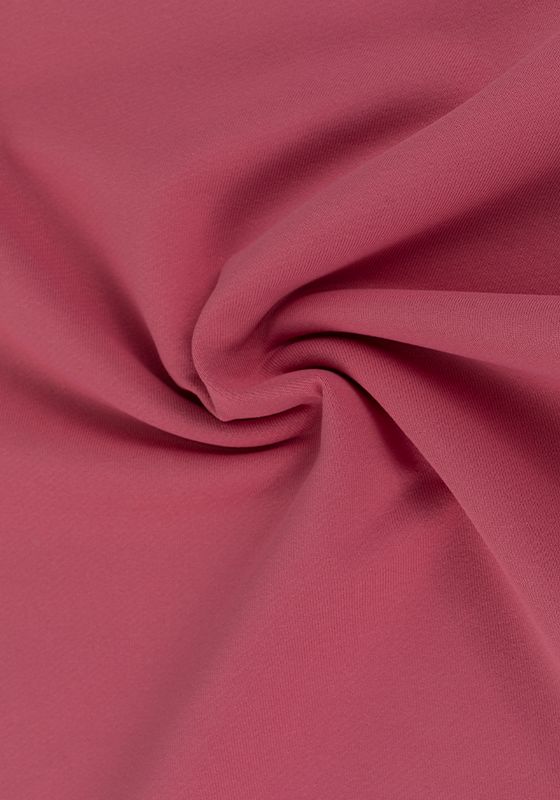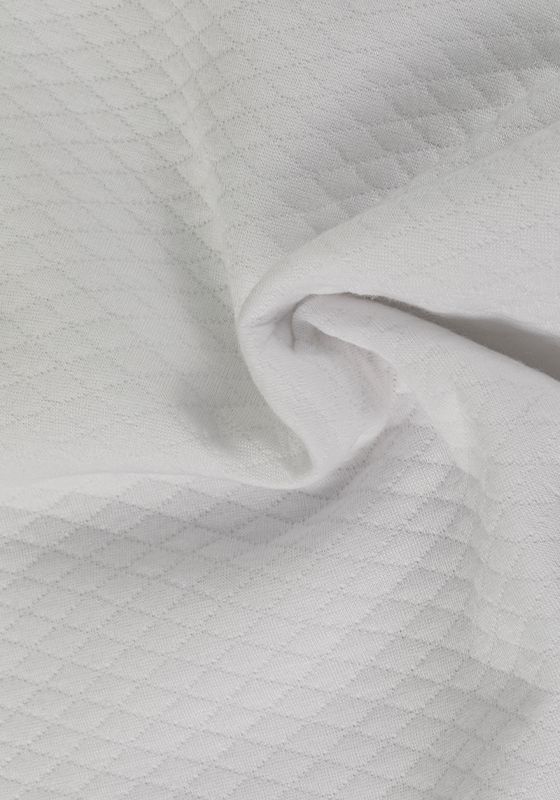Sweaters are beloved wardrobe staples during the colder months, providing warmth, comfort, and style. However, caring for delicate knitwear can be a challenge, especially when it comes to drying them. Using the right drying process is essential to prevent stretching, shrinking, or distorting the shape of your beloved sweaters. In this article, we will explore the sweater terry drying process and share valuable tips to help you preserve the quality and longevity of your knits.
The first step in the
sweater terry drying process is understanding the materials and care instructions for your particular type of sweater. Different fibers, such as wool, cotton, cashmere, or synthetic blends, require specific handling to ensure they retain their softness, elasticity, and shape. Always check the label or care instructions that come with your sweater to determine the appropriate drying method.
To start, gently remove excess water from your sweater by rolling it in a clean towel. Avoid wringing or twisting the fabric as this can cause stretching or damage to the fibers. Press the towel against the sweater to absorb most of the moisture.
Next, it's time to choose the right surface for drying. Lay a clean, dry towel or a mesh drying rack on a flat surface like a countertop or a table. If using a towel, make sure it is thick enough to absorb moisture and prevent your sweater from coming into direct contact with the surface below. The mesh drying rack allows for maximum airflow, facilitating faster and more even drying.
Lay your sweater on the drying surface, taking care to reshape it gently if necessary. Pay attention to the sleeves, collar, and any other areas that tend to lose their shape. Smooth out any wrinkles or folds to maintain the sweater's original form.
Allow your sweater to air dry naturally in a well-ventilated area. Avoid exposing it to direct sunlight or heat sources like radiators, as excessive heat can cause the fibers to shrink or lose their elasticity. Be patient, as the drying process may take several hours or even overnight depending on the thickness of the knit and the humidity level of the room.
If you're short on time and need to speed up the drying process, you can use a fan or a gentle breeze to aid in evaporation. Just make sure the air circulation is not too strong to avoid stretching or distorting the sweater's shape.
Once your sweater is completely dry, give it a final touch-up. Gently shake or fluff the fabric to restore its loftiness and softness. Use a fabric brush or lint roller to remove any lint, fuzz, or pet hair that may have accumulated during the drying process.
Finally, store your sweater in a clean, dry place. Avoid hanging it on hangers or storing it folded for long periods, as this can cause unnecessary stretching or creasing. Instead, consider using a sweater storage bag or a breathable cotton garment bag to protect your knitwear and keep it in impeccable condition.
In summary, mastering the sweater terry drying process is essential for preserving the quality and appearance of your beloved sweaters. By following these tips and paying careful attention to the care instructions, you can ensure that your knits remain soft, cozy, and in optimal condition for many seasons to come. So, embrace the warmth and comfort of your favorite sweaters while knowing you have the knowledge to care for them with expertise.

